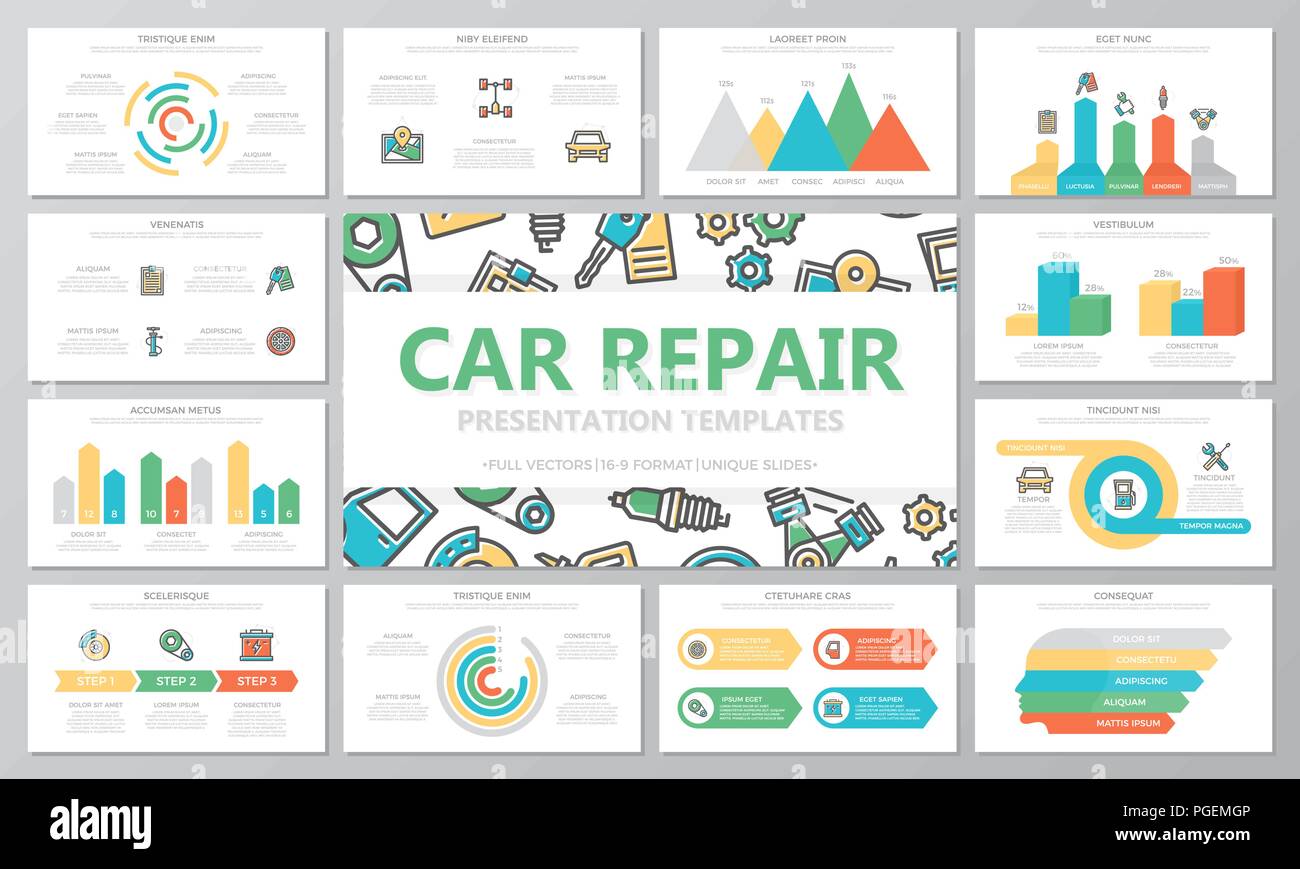Understanding Your Cars And Truck'S Warning Lighting: What Do They Really Mean?
Understanding Your Cars And Truck'S Warning Lighting: What Do They Really Mean?
Blog Article
Content By-Boye Shepherd
When you're behind the wheel, those beautiful caution lights on your control panel can be a little bit difficult. Do you recognize what they're trying to tell you about your automobile's wellness? Comprehending the significance of these lights is vital for your safety and the long life of your car. So, the next time one of those lights pops up, wouldn't you intend to analyze its message properly and take the needed actions to resolve it?
Common Warning Lighting and Interpretations
Determine common warning lights in your automobile and understand their significances to ensure secure driving.
The most common caution lights consist of the check engine light, which signals concerns with the engine or emissions system. If this light begins, it's crucial to have your lorry inspected quickly.
The oil pressure cautioning light shows reduced oil stress, requiring instant attention to prevent engine damages.
A flashing battery light could recommend a damaged charging system, potentially leaving you stranded if not dealt with.
The tire stress surveillance system (TPMS) light alerts you to reduced tire pressure, influencing lorry stability and fuel performance. Ignoring this might lead to harmful driving conditions.
The abdominal light indicates an issue with the anti-lock stopping system, compromising your ability to quit rapidly in emergency situations.
Last but not least, the coolant temperature warning light warns of engine overheating, which can cause serious damages if not dealt with swiftly.
Recognizing these common caution lights will help you deal with issues immediately and preserve secure driving problems.
Value of Prompt Interest
Recognizing the common warning lights in your auto is just the very first step; the value of promptly dealing with these warnings can't be stressed enough to ensure your safety and security when traveling.
When a caution light illuminates on your dashboard, it's your car's means of connecting a prospective concern that needs interest. Disregarding these warnings can result in a lot more serious troubles in the future, endangering your security and possibly costing you much more out of commission.
Prompt interest to warning lights can stop breakdowns and accidents. For example, a blinking check engine light might indicate a misfire that, if left unattended, can trigger damages to the catalytic converter. Addressing this quickly can conserve you from a pricey repair.
In a similar way, a brake system cautioning light might signal low brake liquid or worn brake pads, crucial components for your safety and security when driving.
Do It Yourself Troubleshooting Tips
If you see a caution light on your control panel, there are a few DIY repairing suggestions you can attempt before looking for professional assistance.
The initial step is to consult your auto's guidebook to comprehend what the particular warning light suggests. Sometimes the concern can be as simple as a loose gas cap activating the check engine light. Tightening up the gas cap may deal with the problem.
One more usual concern is a reduced battery, which can set off various advising lights. Examining the battery links for rust and ensuring they're safe and secure might take care of the issue.
If a warning light continues, you can try resetting it by detaching the cars and truck's battery for a couple of mins and then reconnecting it. In addition, inspecting your vehicle's liquid levels, such as oil, coolant, and brake fluid, can assist troubleshoot cautioning lights associated with these systems.
Final thought
Finally, recognizing your vehicle's caution lights is essential for maintaining your lorry running smoothly and safely. By immediately resolving click the up coming post and understanding what they suggest, you can stay clear of costly fixings and potential malfunctions.
Bear in mind to consult your auto's manual for particular information on each warning light and do something about it accordingly to ensure a hassle-free driving experience.
Keep informed, remain risk-free on the road!
